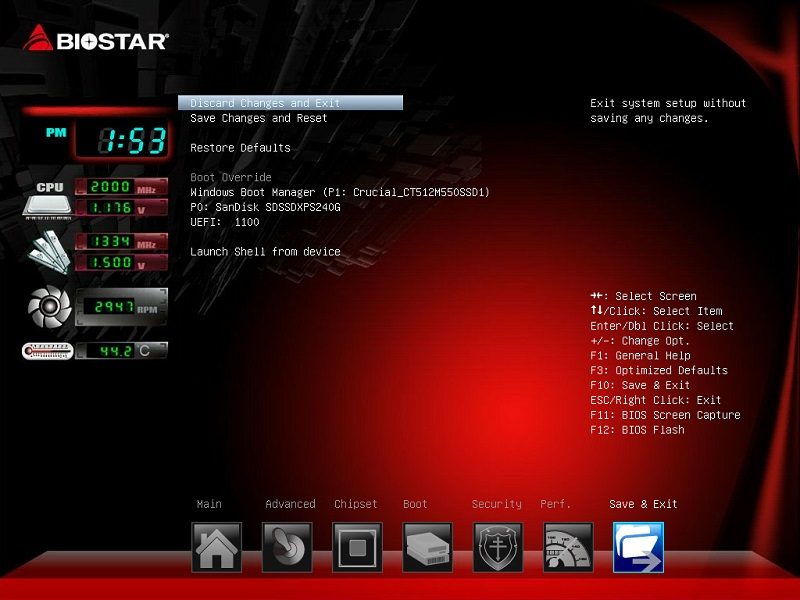BIOSTAR A68N-5200 Motherboard Review
John Williamson / 8 years ago
BIOS
The motherboard’s BIOS features a dated user-interface and isn’t going to win any awards in the visuals department. Saying that, the BIOS is functional and contains everything you need to modify key system parameters. On the main page, system information is displayed detailing the memory speed, memory voltage, CPU frequency, fan RPM values and live thermal data. Given the motherboard’s soldered CPU and lack of overclocking, you should be able to detect if a system is stable very quickly. Also, the front page outlines the system date and lists essential hotkeys.
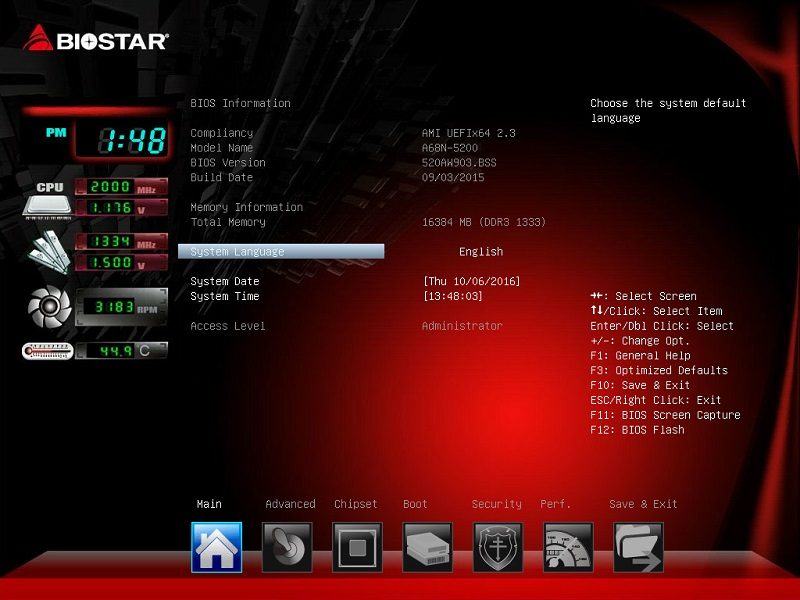
The Advanced tab allows you to tweak the SATA configuration, make small changes to the CPU’s settings, automatically tune the cooling solution and much more. These options are neatly divided into thematic categories which makes finding each specific setting much easier.
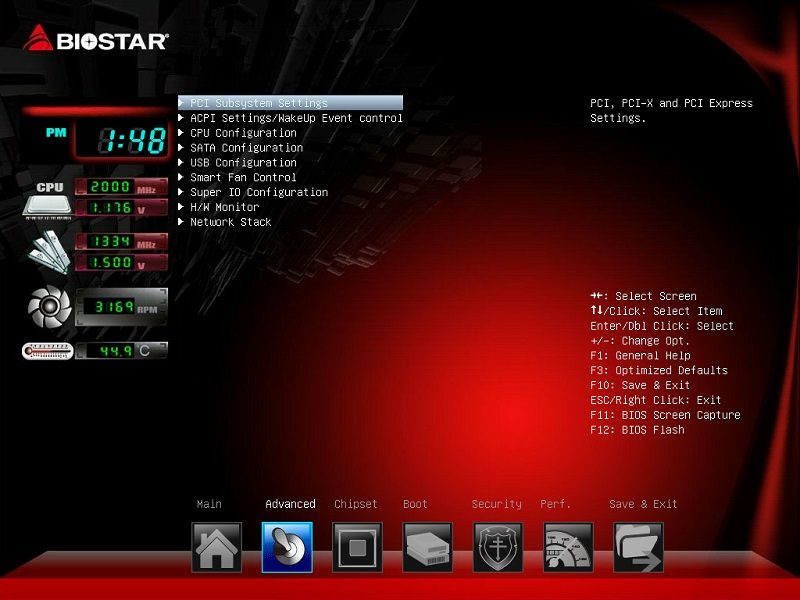
Next up is the Chipset page which can be accessed to disable onboard audio, change the graphics card’s running speed and manually set the primary video device. This time, I’d argue the settings should be condensed into one menu to speed up the process slightly.
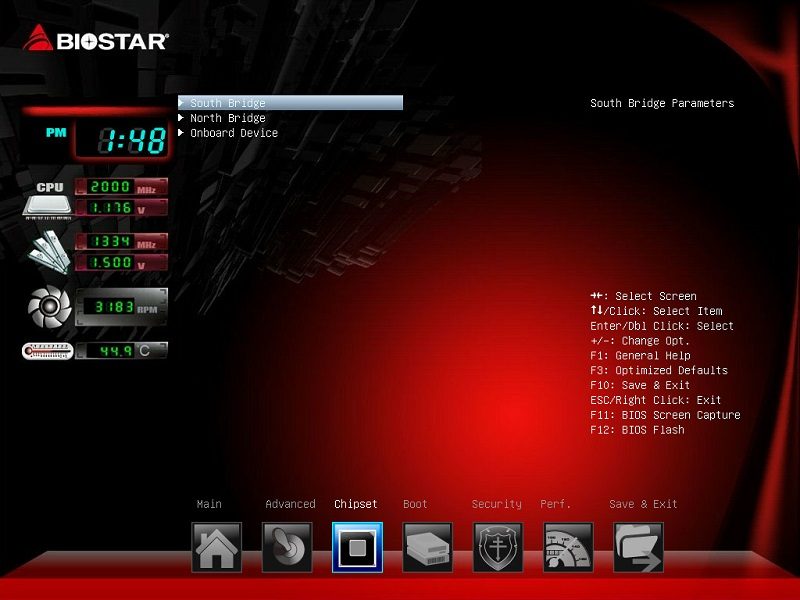
As you might expect, the Boot tab lists the current priority and has the option to enable/disable fast boot. Beyond this, I wouldn’t change the other settings unless you encounter problems and wish to investigate what every variable does.
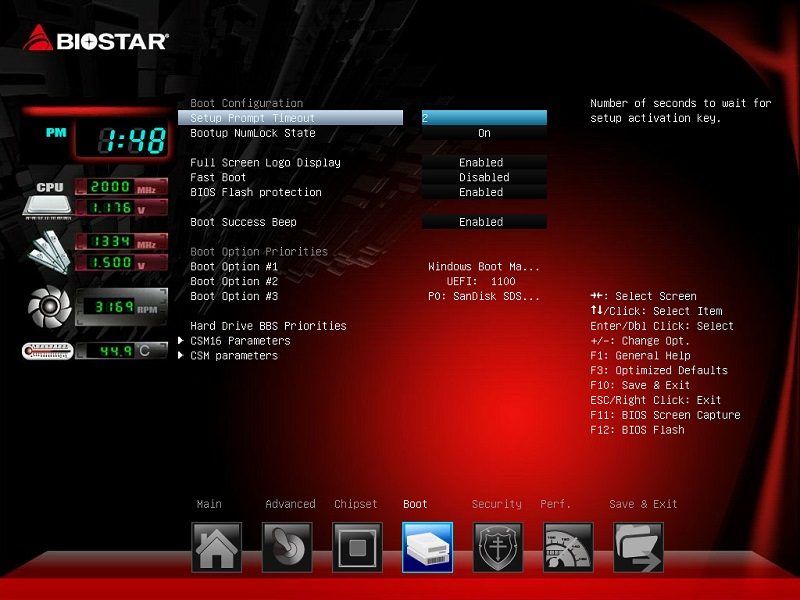
To prevent family members from making changes to your custom configuration, it’s advisable to create an administrator password. This inclusion has been present on motherboards for some time, but I’m pleased to see the option provided nevertheless.
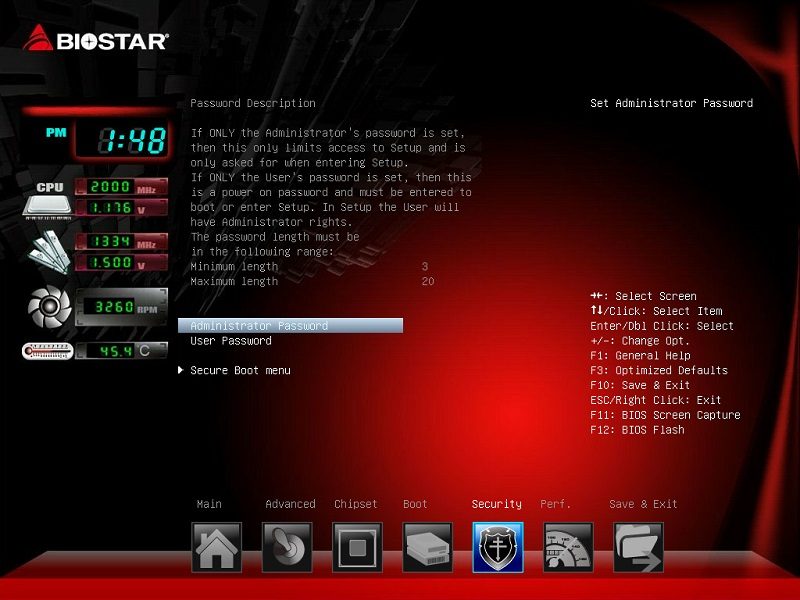
Despite the lack of overclocking, the BIOS contains a few options to tweak the memory timings, voltage, and CPU power states. Evidently, this isn’t going to offer a huge performance boost and the memory support ends at 1600MHz. Saying that, this section needs to be laid out better and with a more comprehensive range of variables. After spending a few hours tweaking the BIOS, I couldn’t get it to accept a memory speed beyond 1333MHz.
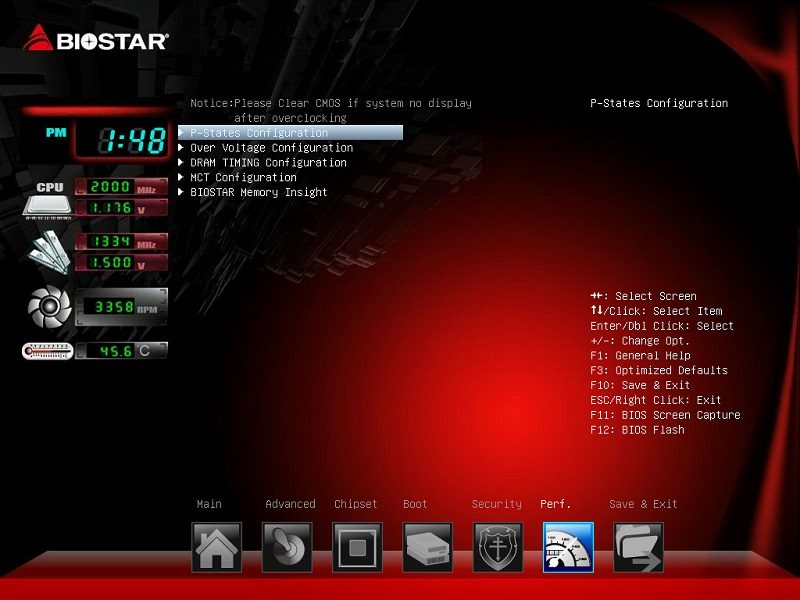
Here we can see the final page which allows you to override the default boot order, restore defaults and save any changes during the current session. Personally, I’d add some profiles which could be useful to test contrasting setups. On the other hand, this is less important on a low-end motherboard without overclocking functionality.
